Breathe Better At Home: Discover the Power of Air Purifying Plants
Have you ever stopped to think about the quality of the air you breathe inside your own home and how air-purifying plants can improve the environment even more? We often focus on outdoor pollution, but indoor environments can be home to invisible pollutants released by furniture, cleaning products and building materials. These substances, such as formaldehyde, benzene and trichloroethylene, can accumulate, directly impacting your health and well-being.
Indoor air quality is a growing concern, and the search for effective, natural solutions is on the rise. What if the answer to cleaner, healthier air was as simple and beautiful as adding a few plants to your home? Air purifying plants are emerging as a natural, effective, and aesthetically pleasing solution to combating these household pollutants.
Imagine your spaces filled with life and color, while also acting as natural air filters, working 24 hours a day to remove invisible toxins. This isn’t just a decorative wish; it’s a practical step toward a healthier home. This article is your complete guide to understanding the power of these plants and choosing the best ones to transform the air quality in your home.

Invisible Pollution in Your Home and Its Effects
The air that circulates inside our homes can contain a variety of pollutants, even if we don’t see or smell them. These include volatile organic compounds (VOCs), mold, bacteria, and dust particles. Common sources of these pollutants include:
• Wood and laminate furniture (formaldehyde)
• Paints, varnishes and adhesives (benzene, trichloroethylene, xylene, toluene)
• Cleaning and personal hygiene products (ammonia, VOCs)
• Synthetic fabrics and carpets
• Cigarette or cooking smoke
• Gas heaters and fireplaces (carbon monoxide)
Exposure to these pollutants can cause a range of symptoms known as “sick building syndrome,” including headaches, fatigue, eye irritation, and respiratory problems. Long-term, continued exposure to certain substances is even more concerning. Improving ventilation is important, but it’s often not enough to eliminate the root cause of the problem.
The Natural Power of Air Purifying Plants
Nature offers us an elegant and effective solution: plants! Pioneering research, such as the famous NASA study, has shown that certain indoor plants have the remarkable ability to filter toxic pollutants from the air. These air purifying plants act as natural biofilters, absorbing harmful chemicals through their leaves and transporting them to the soil, where beneficial microorganisms convert them into nutrients.
Having air purifying plants in your home is integrating nature into your environment to actively improve air quality. It is a passive and continuous way to combat indoor pollution, 24 hours a day. In addition to purifying, plants add humidity to the air, which can be beneficial in dry environments, and bring a sense of calm and well-being.
The Champions of Purification: Best Air Purifying Plants for Your Home
Not all houseplants have the same purifying power. Some stand out for their efficiency in removing specific toxins or for their general air-cleaning ability. Choosing the right ones can maximize their health benefits.
Peace Lily (Spathiphyllum)
• Filters: Formaldehyde, Benzene, Trichloroethylene, Xylene, Ammonia
• Why it’s great: One of the most effective and visually appealing. Clearly indicates when it needs water by wilting slightly, making care easier.
• Care: Prefers low to medium indirect light and consistently moist soil.
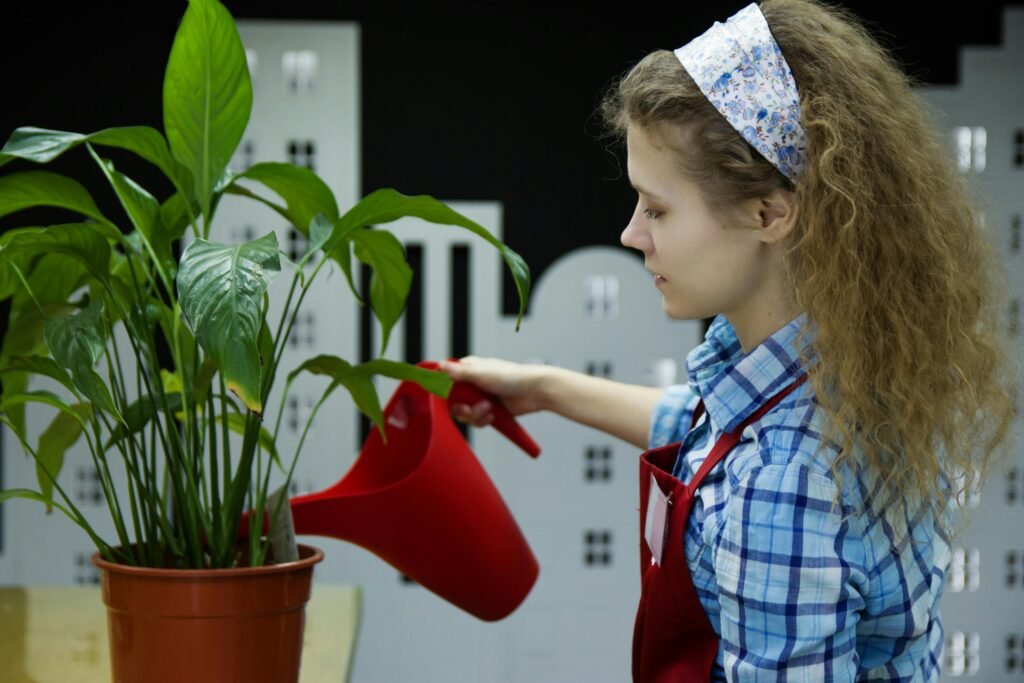
Snake Plant (Sansevieria)
• Filters: Formaldehyde, Benzene, Trichloroethylene, Xylene
• Why it’s great: Extremely hardy, drought and low light tolerant. It’s one of the few plants that release oxygen at night, making it ideal for bedrooms.
• Care: Almost indestructible. Water only when the soil is completely dry.
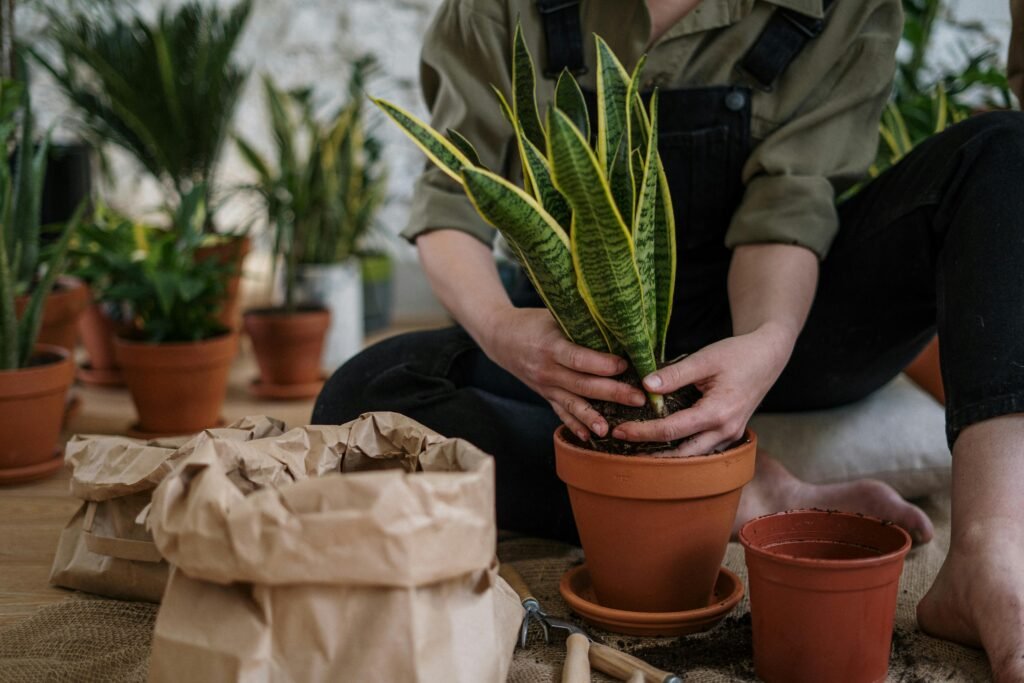
Boa constrictor (Epipremnum aureum)
• Filters: Formaldehyde, Benzene, Xylene
• Why it’s great: Very easy to care for and versatile (can be hung or climbed). Grows quickly and adapts to various indirect light conditions.
• Care: Allow the soil to dry out between waterings.
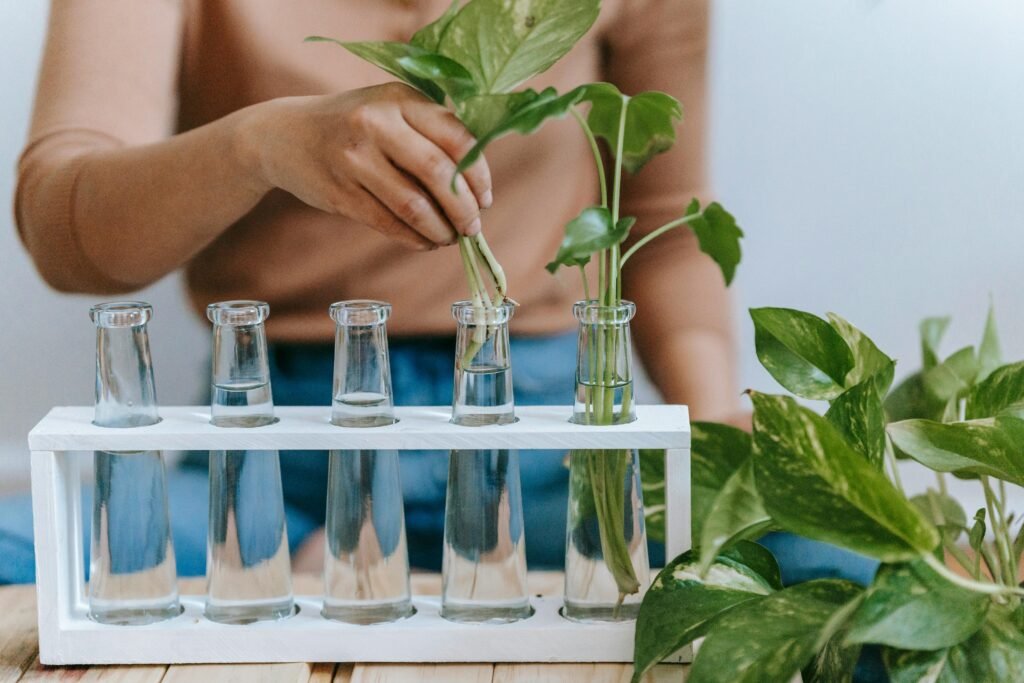
Chlorophytum (Chlorophytum comosum)
• Filters: Formaldehyde, Xylene
• Why it’s great: Safe for pets, easy to propagate (produces “pups” or “spiderettes”). Tolerates a variety of conditions.
• Care: Likes slightly moist, but not soggy, soil.
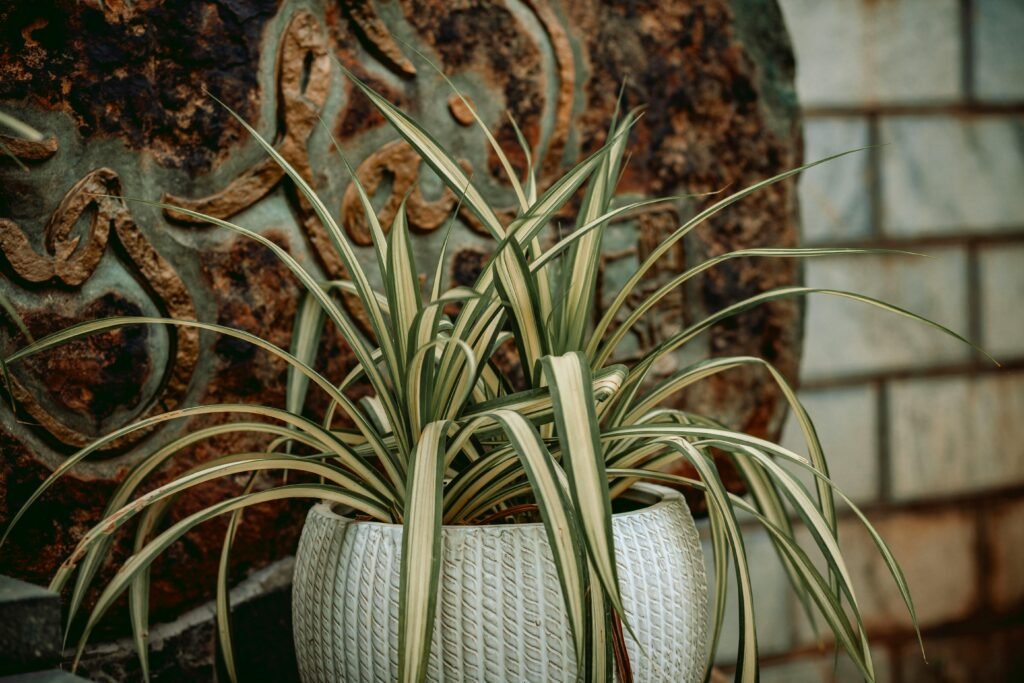
Dracaena (Dracaena spp.)
• Filters: Benzene, Formaldehyde, Trichloroethylene, Xylene (variations such as Dracena marginata are particularly effective)
• Why it’s great: There are a wide variety of foliage shapes and colors to choose from. Adds height and structure to spaces.
• Care: Prefers indirect light and moderate watering.
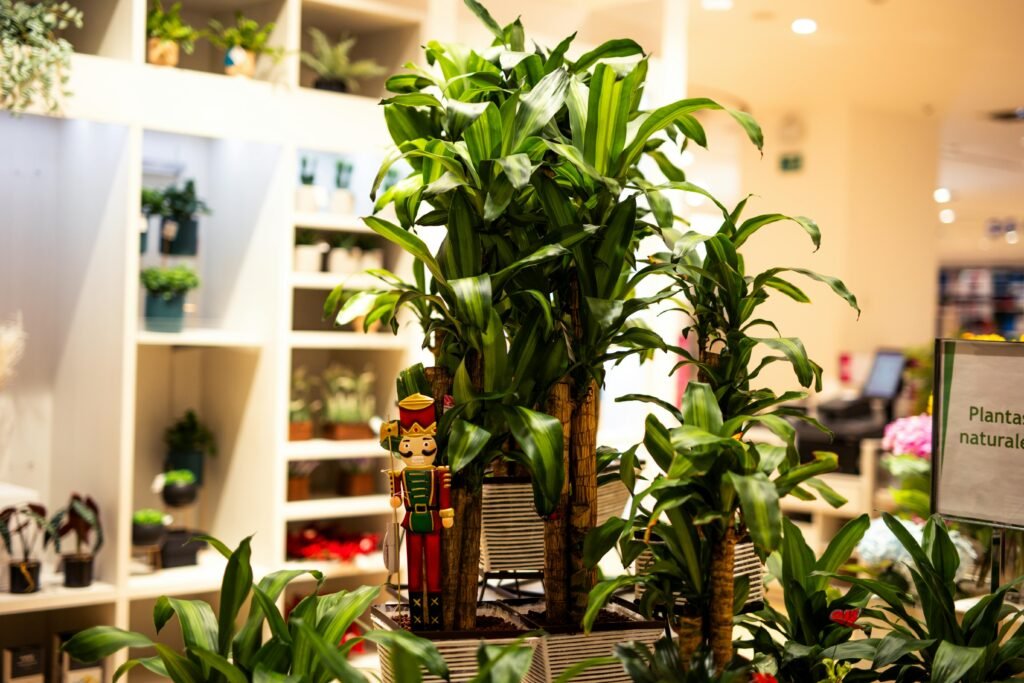
Raphis Palm (Rhapis excelsa)
• Filters: Formaldehyde, Xylene, Ammonia
• Why it’s great: A slow-growing, relatively easy-care palm that’s great for adding a tropical touch and filling in corners.
• Care: Prefers indirect light and consistently moist soil.
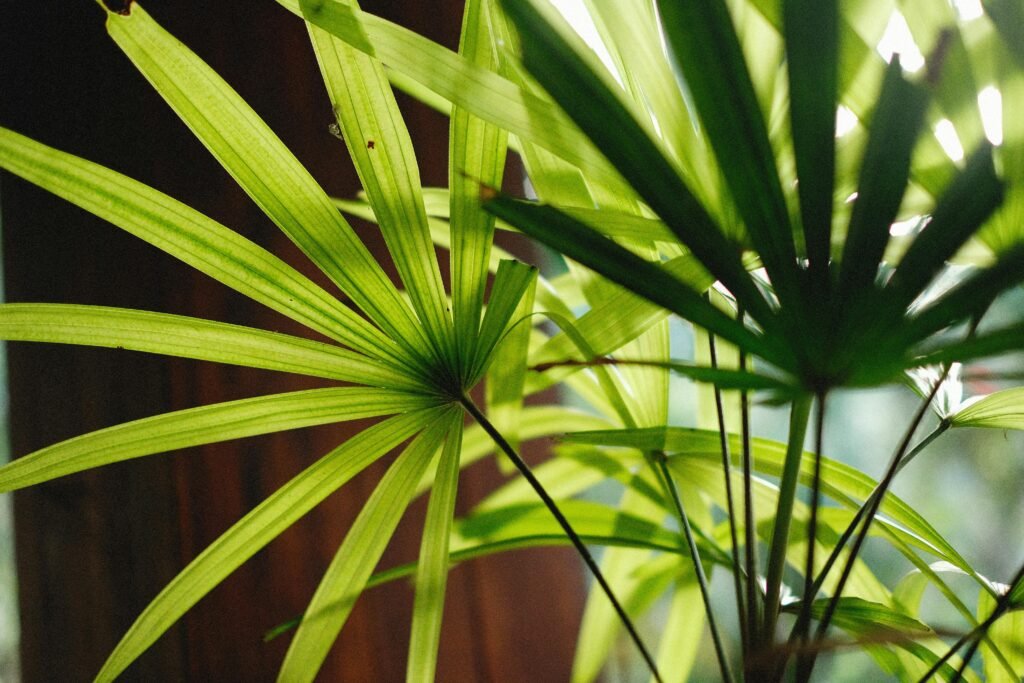
Ficus (Ficus elastica, Ficus lyrata, Ficus benjamina)
• Filters: Formaldehyde (Ficus elastica and Ficus lyrata are easier to care for than Ficus benjamina)
• Why it’s great: Popular houseplants with large, sculptural foliage that make a design statement.
• Care: Varies by species, but generally needs bright, indirect light and moderate watering.
Aglaonema (Aglaonema)
• Filters: Benzene, Formaldehyde
• Why it’s great: Very tolerant of low light conditions, perfect for dimly lit indoor environments. It has foliage with varied patterns and colors.
• Care: Let the soil dry out slightly between waterings. It likes humidity.

Chrysanthemum (Chrysanthemum morifolium)
• Filters: Benzene, Formaldehyde, Trichloroethylene, Xylene, Ammonia
• Why it’s great: One of the few flowering plants listed in the NASA study that removes a wide range of toxins.
• Care: Difficult to keep blooming indoors long-term; usually treated as a temporary plant. Needs bright light and frequent watering.
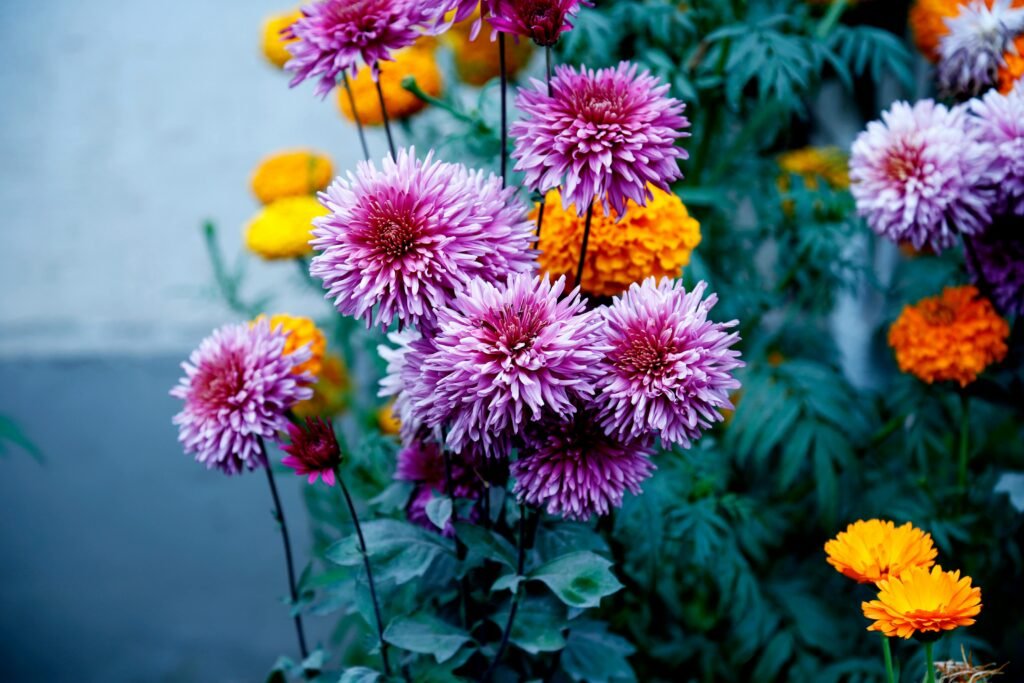
This list offers a variety of air purifying plants with different care needs and appearances, allowing you to choose the ones that best suit your lifestyle and environments.
Additional Benefits of Having Air Purifying Plants (Besides Clean Air!)
Adding air purifying plants to your home goes far beyond simply filtering out toxins. These green companions bring a host of benefits that improve your physical and mental well-being, as well as the aesthetics of your home:
• Improves Mood and Reduces Stress: Scientific studies indicate that the simple presence of indoor plants can reduce stress levels, increase feelings of calm, and improve overall mood.
• Increases Productivity and Concentration: Having plants in your office or study space has been linked to increased focus and productivity, making them ideal for home offices.
• Adds Natural Beauty and Style: Plants are living design elements that add color, texture, and an organic touch to any décor. They can soften harsh lines, fill empty corners, and create interesting focal points.
• Increases Humidity: In dry environments (especially in winter with heating), plants release moisture through a process called transpiration, which can benefit your airways and skin. • Reduces Dust Levels: Plants are believed to help capture dust particles in the air through their leaves.
• Promotes Relaxation and Connection with Nature: Caring for plants can be a therapeutic and relaxing activity, connecting you with the natural world.
Investing in air purifying plants is a multifaceted investment in your home and your well-being.
Where to Place and How Many Air Purifying Plants Do I Need?
To maximize the air purification benefits, the quantity and placement of your air purifying plants are important.
Strategic Positioning
• Near Pollution Sources: Place plants known to filter formaldehyde (such as Peace Lily or Snake Plant) near new furniture, carpeting, or drapes.
• In Frequented Rooms: Concentrate plants in areas where you spend the most time: living room, bedroom, home office.
• Kitchen and Bathroom: Areas with higher humidity and potential for cleaning pollutants can benefit from appropriate plants (consider the humidity they like!).
• Consider Light: Position each plant in the location with the appropriate amount of light for its specific needs.

Suggested Quantity
While each plant helps a little, for a significant impact on indoor air quality, the general recommendation based on the NASA study is to have about one large air-purifying plant for every 9-10 square meters (approximately 100 square feet) of space. A “large” plant would be in a pot that is 8-10 inches in diameter.
Spreading multiple plants throughout your home is more effective than having too many in one place. Think of them as a network of natural filters spread throughout your home.
With a little planning and the right plants, you can create an indoor environment where the air is noticeably fresher and more pleasant.
Also check out our full article on how to create the perfect garden for your plants.
Essential Care for Your Air Purifying Plants
Keeping your air purifying plants healthy is essential to ensuring they continue to work efficiently to purify the air. Fortunately, many of the best options are relatively easy to care for.
Correct Watering
• The most common mistake is overwatering. Check the soil moisture by inserting your finger about 2-3 cm deep. Water only if the soil is dry at that depth.
• Most water-purifying plants prefer the soil to dry out a little between waterings. Snake Plant and ZZ Plant are quite drought tolerant.
• Always make sure the pot has drainage holes to prevent the roots from becoming waterlogged.
Light Needs
• Most of the air purifying plants listed here do well in indirect light. Strong direct sunlight can burn the leaves.
• Look at your plant’s leaves: if they look pale or stretched, it could be a lack of light; if they look scorched or have dry brown spots, it could be too much direct sunlight.
Humidity
• Many of these plants are tropical in origin and enjoy higher humidity. If the air in your home is very dry, consider using a humidifier near the plants or grouping several plants together to create a more humid microclimate.
Fertilization
• Fertilize your plants during the active growing season (spring and summer, generally) to provide essential nutrients. Follow the instructions for your chosen fertilizer.
Cleaning the Leaves
• Leaves can accumulate dust, which not only spoils the appearance of the plant, but also interferes with its ability to absorb light and purify the air. Clean the leaves regularly with a soft, damp cloth.
Taking good care of your air purifying plants is a virtuous cycle: you take care of them, and they take care of the air quality for you.
Frequently Asked Questions About Air Purifying Plants
What are the easiest air purifying plants to care for? Snake Plant, Snake Plant, Spider Plant, and ZZ Plant are widely considered to be the easiest air purifying plants to care for, ideal for beginners or those short on time.
Do air purification plants remove all air pollutants? Air purification plants are effective at removing certain volatile organic compounds (VOCs) and other common chemicals, such as formaldehyde and benzene. However, they do not remove all types of pollutants and do not replace the need for regular good ventilation or the use of mechanical air purifiers in cases of more serious air quality problems. They are a valuable part of a multi-pronged approach.
How many air purifying plants do I need to purify the air in a room? For a typical 10-12 square meter room, having 1-2 large air purifying plants (in 8-10 inch pots) or 2-3 medium plants (in 6-7 inch pots) distributed throughout the space can make a noticeable difference.
Are air purifying plants safe for pets? It’s crucial to check the toxicity of each specific plant. Many popular air purifying plants, such as Peace Lily, Snake Plant, and Aglaonema, are toxic to dogs and cats if ingested. Spider Plant and Raphis Palms are generally considered safe. Always do your research before bringing a new plant into a home with pets.
Conclusion: Transform Your Home With Air Purifying Plants
You’ve seen that the air in your home can contain invisible pollutants, and that air purifying plants offer a natural, beautiful, and effective solution to improve this reality. With a variety of easy-to-care-for options and benefits that go beyond clean air, adding these plants to your home is a smart step toward a healthier, more welcoming, and beautiful environment.
It’s not just about having plants; it’s about creating a sanctuary where you and your family can breathe easier and live healthier. The transformation starts with choosing the right air purifying plants.
Ready to Breathe Cleaner Air? Find Your Ideal Air Purifying Plants!
You spend a significant amount of time indoors. The quality of the air you breathe directly affects your mood, energy, and long-term health. Adding air purifying plants is one of the simplest and most rewarding ways to actively improve your environment. Don’t put off this crucial improvement to your well-being. Click on the link, choose your plants, and experience the difference that clean air makes in your daily life!

